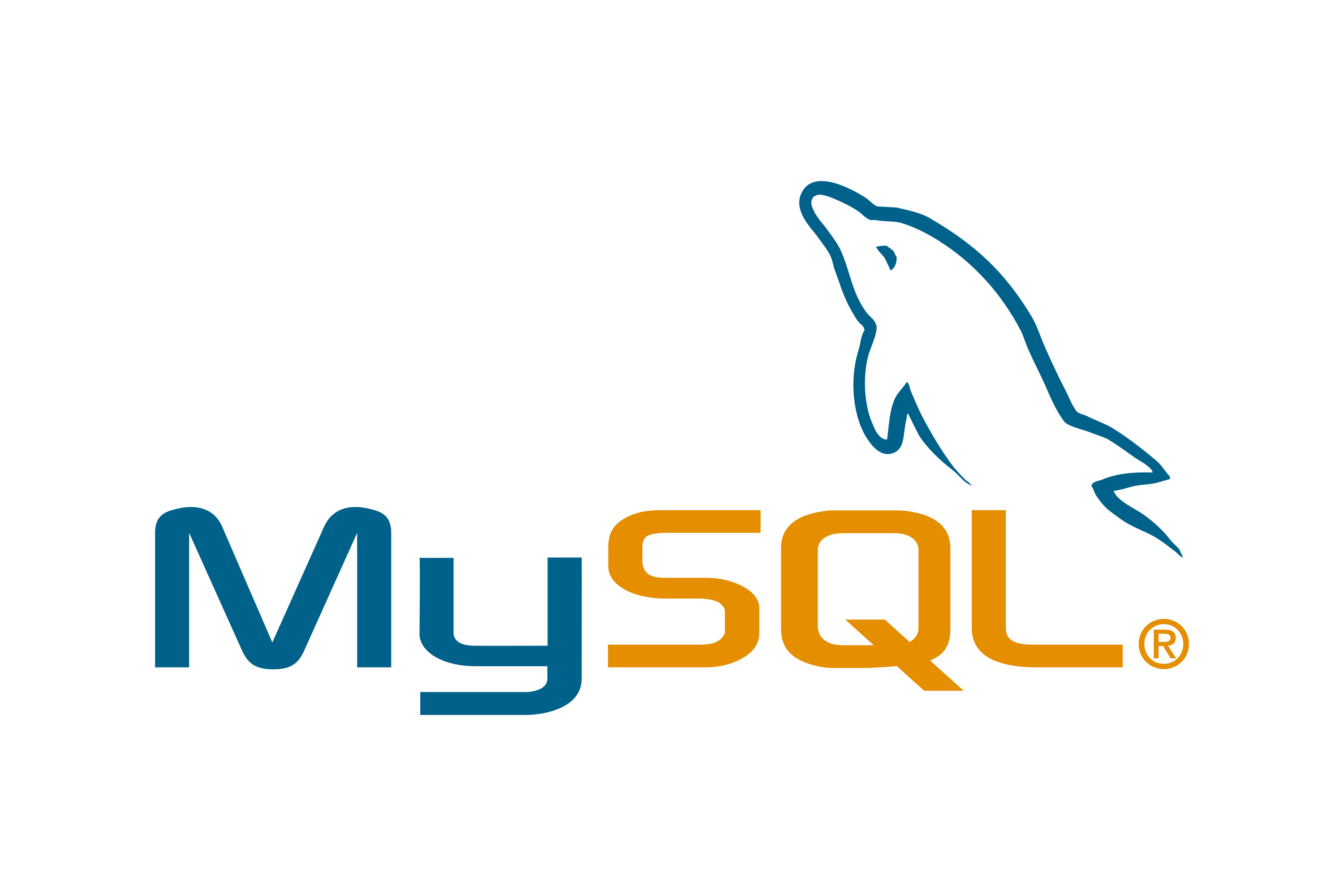
 Comparison: MySQL vs SQLite
Comparison: MySQL vs SQLite
 Comparison: MySQL vs SQLite
Comparison: MySQL vs SQLiteModified date: Monday, June 30, 2025
| Feature | MySQL | SQLite | Definition |
|---|---|---|---|
| intro | MySQL is an open source relational database management system (RDBMS) that’s used to store and manage data. | SQLite is a C-language library that implements a small, fast, self-contained, high-reliability, full-featured, SQL database engine. | |
| vendor | Oracle | SQLite Team | |
| initial release | 1995 | 2000 | |
| latested version | 9 | 3.5 | |
| db-engines ranking | 2 | 10 | |
| relational? | yes | yes | |
| open source? | yes | yes | |
| license | |||
| price: box software | 0 | ||
| on-premise offering | yes | yes | |
| cloud offering | None | None | |
| technical doc | https://dev.mysql.com/doc/ | https://www.sqlite.org/docs.html | |
| supported platforms | Android, *BSD, iOS, Linux, Mac, Solaris, VxWorks, and Windows |
| Feature | MySQL | SQLite | Definition |
|---|---|---|---|
| int: signess | both | ||
| int: 1-bytes int name | tinyint | int | |
| int: 2-bytes int name | smallint | int | |
| int: 3-bytes int name | mediumint | ||
| int: 4-bytes int name | int | int | |
| int: 8-bytes int name | bigint | int |
| Feature | MySQL | SQLite | Definition |
|---|---|---|---|
| SQL: standard complaince | medium | medium | |
| PL: main | SQL + SP | ||
| PL: other language support | no | ||
| Object-Relational? | no | ||
| vector search | no native |
| Feature | MySQL | SQLite | Definition |
|---|---|---|---|
| arch: server | C/S | Embedded | |
| arch: run in browser? | no | yes | |
| arch: Multi-master support? | no | ||
| arch: primary/read replica? | yes | ||
| replication: sync/async | both | ||
| ACID | yes/atomic DDL (non-transactional) | ||
| ACID: durability | yes | yes | |
| Materialized View: support? | no | no |
| Feature | MySQL | SQLite | Definition |
|---|---|---|---|
| any official TPC benchmarks? | no | no |
| Feature | MySQL | SQLite | Definition |
|---|---|---|---|
| command line client | mysql | sqlite3 | |
| admin(GUI) | MySQL workbench |
Both are open source databases, so they are easy with export regulations.
| Feature | MySQL | SQLite | Definition |
|---|---|---|---|
| Jurisdiction | US | US | |
| ECCN | None | None or EAR99 | |
| Eligible License Exception / CCATS | Not required | Not required | |
| Encryption Components | SSL | SQLite Encryption Extension (SEE), SSL |
| Feature | MySQL | SQLite | Definition |
|---|---|---|---|
| concurrency control | InnoDB: MVCC | ||
| MVCC: implemented? | yes | ||
| MVCC: rollback segment | yes | ||
| Implementation language | C++ |
| Feature | MySQL | SQLite | Definition |
|---|---|---|---|
| CBO? | yes | ||
| framework | System-R | ||
| stats: multi column | no | ||
| plan guide? | no |
| Feature | MySQL | SQLite | Definition |
|---|---|---|---|
| spilling support | yes | ||
| model | Volcano | ||
| support intra-parallel query? | no | ||
| adaptive execution (AQP)? | no | ||
| vectorization | no native. | ||
| iterator: join methods | except MJ | ||
| Error: out-of-range and overflow | strict mode: abort. Non-strict mode: continue with warning. |
| Feature | MySQL | SQLite | Definition |
|---|---|---|---|
| Page Size | 4K, 8K, 16K, 32K, 64K | ||
| Storage Compression | ROW_FORMAT=COMPRESSED | ||
| ACID: durability mechanism | InnoDB: WAL | WAL |